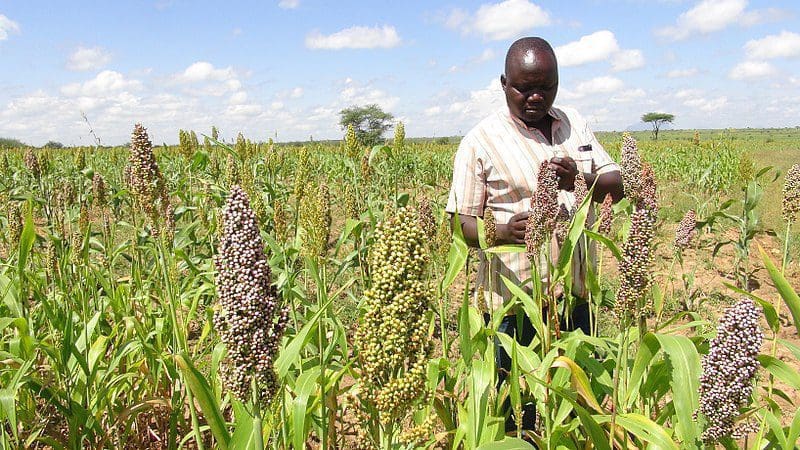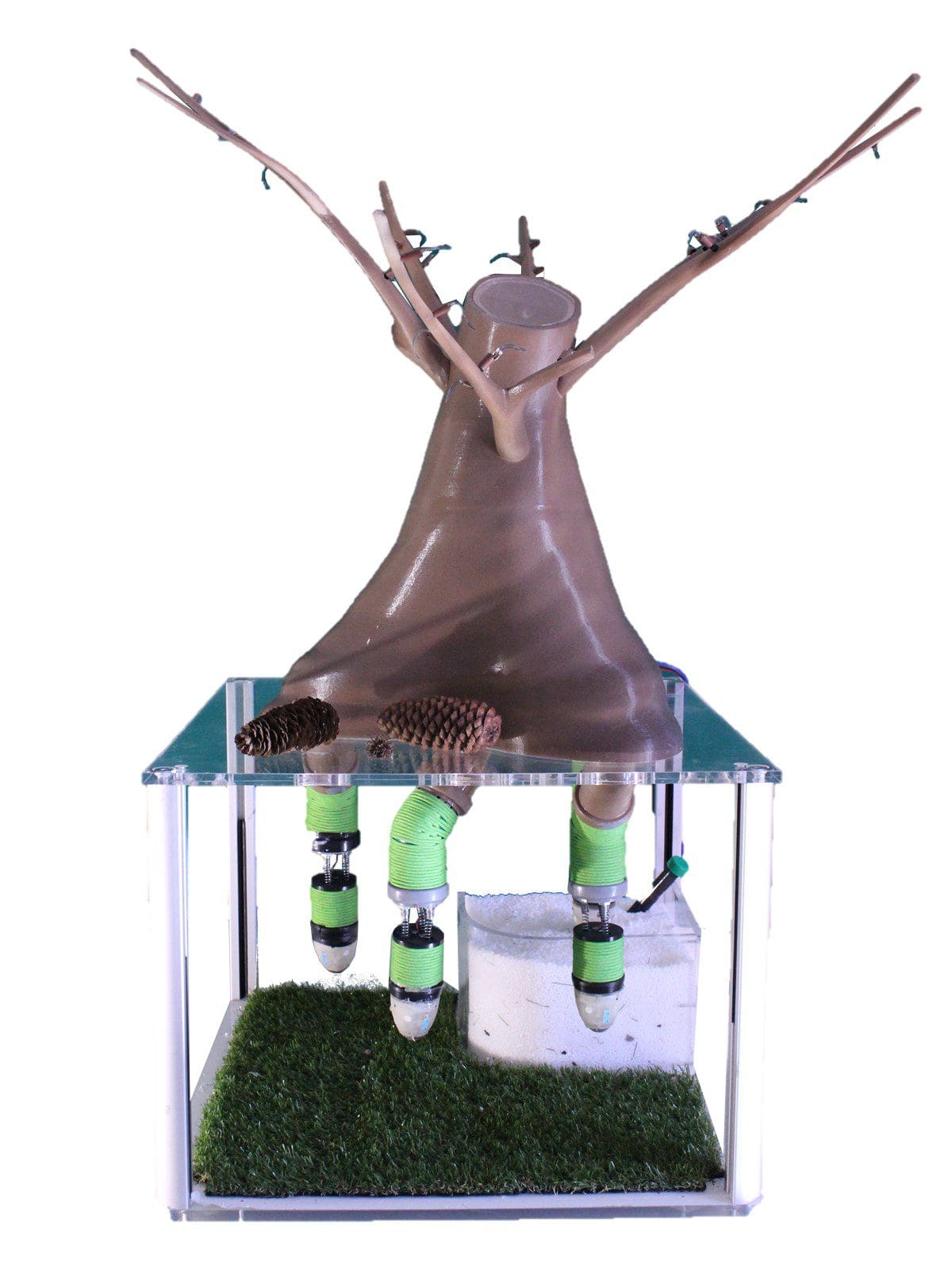The effects of climate change are far-reaching and have been felt by humans and every animal species across the world. The agricultural sector, as a whole, is particularly vulnerable to its impacts, with extreme temperature changes threatening livestock and shortages in food production caused by both droughts and floods.
With problems becoming more evident, as a population we are left picking our brains for the solution and so we turn to the question: could robots help us in this battle?
There are many ways in which robots can be harnessed to help farmers become more environmentally conscious:
Reducing Carbon Emissions
Greenhouse gases are extremely damaging to the environment and overall health of the population. Trapping heat on the Earth’s surface, these gases increase global warming. However, the damaging effects of these gases does not stop there, the gases emitted increase air pollution and, consequently, have an adverse effect on respiratory health.
Currently the agricultural sector is emitting the fourth highest level of greenhouse gases. Switching to responsible robotic machinery can reduce the level of harmful emissions produced. Moving away from “traditional” fossil-fuelled machinery to using robots charged from renewable energy sources, such as wind and light, will help reduce these harmful emissions.
Helping Crops Survive Droughts
With climate change comes increased adverse weather conditions and more frequent droughts. As excess heat struggles to leave the Earth’s surface, moisture is taken from soil, leaving crops struggling to survive. These droughts lead to food insecurity, which is especially harmful in poorer, rural communities.
To help combat these issues, a team at the University of Missouri is using robots to collect data with the ultimate aim of developing drought tolerant crops. Using 3D technology, the team are able to study crops in greater detail, gaining a more thorough understanding of the reasons why some crops are able to grow during droughts. The objective is to gain enough data necessary to develop new types of drought-resilient crops.

Helping Plant Trees Faster And More Efficiently
It is estimated that, every year, 15 billion trees are cut down for human use, including agricultural purposes. It is vital that as a population we stop deforestation and planting trees is one of the ways many organisations are helping to “do their bit”.
One prime example of a company restoring the earth through tree planting is Skygrow, whose mission is to plant trees faster than deforestation rates. Supporting them on their mission is their helpful friend, “Growbot”, a robot with the ability to plant trees faster – 10 times faster – than a trained individual. Not just that, but this robot can improve employee safety, lower costs and, as they only plant established trees, increase tree survival rates.

Robots Can Grow Like Plants
Inspired by plants, researchers at The Plantoid Project are using robots to detect pollutants in the air and water. Mimicking the behaviour and function of plants, they are integrating “robot plants” with sensors able to detect pollutants and thus understand their impact on the environment. Fitted with a 3D printer to help roots grow, researchers can explore the soils properties and discover how to become more successful.

Reducing The Amount Of Herbicide Used
It is common for farmers to spray entire fields when using pesticides, counting on their crops to withstand the herbicide, leaving the pesticides to only kill the “pests”. However, pesticides harm more than the insects and weeds that threaten the crops. They contaminate soil and water, are toxic to bees, birds and fish and, by entering the food chain, risk human health.
Robots can help resolve this problem. EcoRobotix, a robotic table on wheels is able to target spraying in order to prevent over-spraying. Fitted with a solar panel to keep it running, EcoRobotix uses its two arms to reach down and cover weeds before spraying them without the herbicide spreading further. This technology allows for improved accuracy, differentiating weeds from plants using GPS and camera technology. Thus, helping farmers become more eco-friendly.





Other posts you may like
Why Probeware Matters in Science Education
In today’s classrooms, hands-on learning is essential. Students learn best when they can see, measure, test, and experience concepts directly. That’s where probeware comes in. By giving learners the tools...
Raspberry Pi and Marty the Robot
Marty doesn’t require a Raspberry Pi to be programmable in unplugged mode, Blocks Jr, Blocks, or python, but it is super-easy to add a Raspberry Pi computer to Marty the…
The Importance of Physical Computing: Why Hands On Coding Matters
What is physical computing? Physical computing is the use of code to control and interact with devices in the real world. Instead of running programs only on a screen, students...
TRY MARTY
FOR FREE
Are you looking for new STEM resources for your classroom? Robotical are loaning Marty the Robot to schools for no-obligation, 2 week trials.